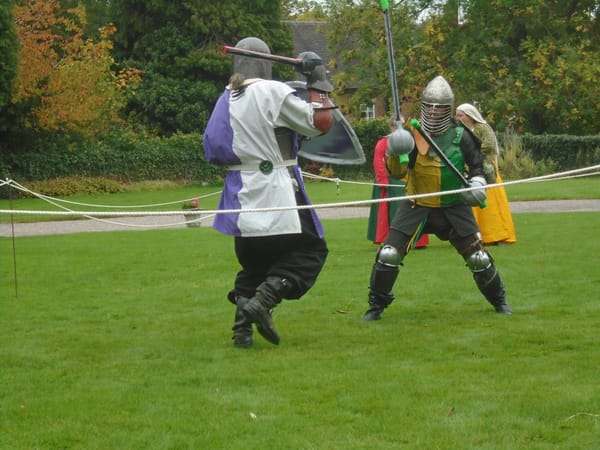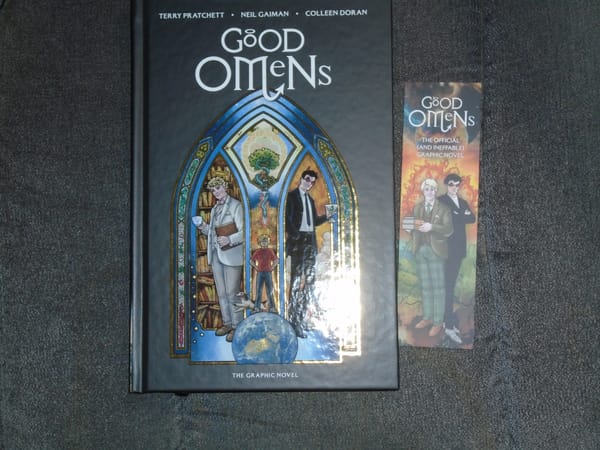Corsets obvious...

It's one of those standard pieces of sartorial knowledge that the invention of the bra early in the 20th century was what killed the corset. Standard, but... as it turns out, almost completely wrong. Let me talk a bit about what really did happen.
Let's start with the bra. The bra wasn't invented by one person; various kinds of bust support garments had been around since the second half of the 19th century. What actually happened in the early 20th century was that one particular influential manufacturer decided that "bust support" didn't sound very classy, so he decided to rename his garments "brassieres" because he thought it sounded better. He then tried to take out a patent, which failed, because he hadn't invented the garment; he'd no doubt put his own particular spins on it, and he'd given it a fancy name, but that wasn't enough for the US Patent Office, who turned it down on the reasonable grounds that similar garments had been around for years.
The one grain of truth in the "bras killed the corset" narrative is that the growing popularity of the bra did contribute to the evolution of the corset (and also the other way round). Most Victorian women depended on their corsets for bust support, but as bras became more popular and widely available, the top of the corset got lower, and by the time we get to milady in the 1911 advertisement shown here (who is wearing a full slip rather than a bra, probably to show off the corset better), what you usually did was to wear both. You had an underbust corset, and you had a bra, and you had some means of fastening them together to ensure that nothing slipped anywhere. It would have made it a lot easier to get a good fit if you were either top- or bottom-heavy.
Corsets were also changing in other ways. The steel-boned Victorian corset was made of rigid materials throughout; modern Victorian-styled corsets are still made on a base of coutil, which is a densely woven cotton fabric with no stretch. But milady's 1911 corset covers her entire hip and bottom area, and if that had been built like a Victorian corset she couldn't have sat down without doing serious damage to the boning. It is, clearly, still boned - you can see the channels - but with something more forgiving, and, crucially, at least some of the fabric is elastic. It's at about this point that elastic fabrics really started to come in for corsets, because you can't make a hip-length corset without them. (I'm not sure about the suspenders, to be honest. They aren't really a lot of use if you're wearing them over a slip as shown here. But, that aside, if you are going to put suspenders on a corset, you do need it to be hip-length or you're going to get a rather strange effect at the front whenever you sit down.)
So, we're in 1911 here, we have an at least partially elasticated hip-length corset which doesn't have any bust support, but it's still called a corset. These corsets continued to evolve; the boning gradually disappeared due to the length, the elasticated fabrics became more sophisticated so that the boning wasn't needed anyway... and after a few years, the manufacturers thought, "oh, wait, there's a perception that corsets are old-fashioned and uncomfortable, what do we do? Ah... of course... we rename them."
And they did. I haven't been able to find a suitable series of advertisements myself - you do have to go digging in physical archives for that - but I have seen the progression elsewhere, and that was precisely what happened. These new-style corsets were gradually renamed "girdles". Which is actually quite odd from a historical point of view, because a girdle used to mean a rope belt; when Puck says he will put a girdle round about the earth in forty minutes, he's not thinking of support wear. He just means a (metaphorical) rope. But, that aside, it's possible to find essentially the same garments - with a few small tweaks to justify the change of name - made by exactly the same manufacturers, but in 1911 they're "corsets", whereas by about 1921 they're "girdles".
Again, finding advertisements online for this kind of garment covering the 20s, 30s, and 40s is quite hard, but they were definitely around. By the time you get into the 50s and 60s, though, there are stacks of girdle advertisements to be found; I'm not entirely sure why there are three almost-missing decades, but thus it is. And the Playtex girdles of the 50s and 60s are very recognisable descendants of milady's 1911 corset; they're the same basic shape but now fully elasticated (so no need for any boning at all), and they have suspenders. (They also smelt strongly of rubber. My mother wore one, and I was terrified I'd be forced to do the same when I was older; mercifully I was not. When I asked her why she wore it, she said she "needed to". That made no sense to me at the time, and to be honest it still doesn't; at any rate she eventually ditched it, with, I suspect, a feeling of great relief.)
I don't know for certain, but I suspect it was the invention of Lycra and similar fabrics that drove the continuing evolution of shapewear, along with the rise of nylon tights in place of stockings (so no need for a girdle with suspenders). Curiously, the elasticated band round the abdomen does still exist and I'm wearing one right now, but it's not sold as shapewear - that's my stoma belt! It does a great job of stopping Sibyl's bag from flapping around and keeping the pad firmly in place over it. (I was starting to have trouble with the wide suspender belts I'd been wearing previously, but that's another story altogether.) That, however, is a bit of a side route. From the shapewear point of view, the next evolutionary step was control briefs, which were the logically obvious move forwards from the girdle once you had Lycra at your disposal. Almost everyone wears some kind of briefs anyway, and they're a lot easier to wear with tights than a girdle is.
So, there you go: the rumours of the death of the corset have been greatly exaggerated. It just evolved. Evolved, eventually, out of all recognition, but nonetheless it is possible to trace the path clearly. And the next time you see a pair of control briefs, you may find it fun to recall that its mother was indeed a regular pair of knickers... but its great-great-grandfather was a corset.




